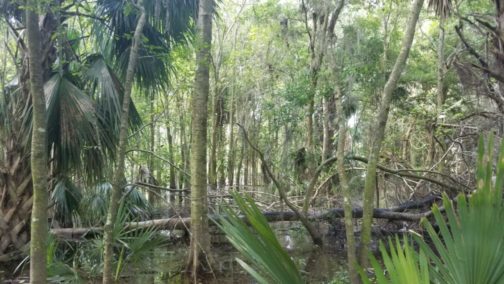Being outside and surrounded by nature has an exhilarating effect on me. Put me on a hiking trail for an hour, and I become simultaneously energized and relaxed – stronger, happier – more peaceful. And how these emotions become magnified when I’m on the water! But is there any “real” evidence to validate these benefits? There sure is, and we will explore that evidence in this series.
This is the first in a series of three articles that examine nature’s effects on health and wellness. In it we consider the underlying theories about this relationship, the recent research that’s been done on such topics, and my ideas about how to advance research in this area.
BUT – before we proceed, I want to thank Seema Sernovitz for her editorial eye and assistance in keeping this article focused and easily-digestible. Thanks, Seema!
Understanding how nature benefits health and well-being enables us to be better advocates for nature. We can more effectively argue for including green and blue spaces in urban planning. We can better defend our natural spaces, like local parks and reserves, and state and national forests. We can take pleasure from a day-long walk in the forest without feeling overly self-indulgent.
In the March 2016 issue of Nature, Hannah Cohen-Cline, a researcher at Providence Health and Services said, “researchers and policymakers are increasingly interested in the link between green spaces and mood because of the implications it could have for preventing and treating mental-health problems in society.” Natural environments have been demonstrated to improve people’s well-being, and green spaces may even decrease mental-health inequalities between the affluent and the poor. A 2014 study published in Environmental Science Technology found that moving to an area with more green space makes people happier, and not only does the feeling of happiness persist for years (it could be longer than three years), but it increases! This study looked at data collected over a five-year period from over 1000 participants…impressive! New studies are looking at how and why this works the way it does.
So what are the theories about why being in nature is good for us? Below I summarize several theories described in a 2015 article in the International Journal of Wellbeing, Flourishing in nature: A review of the benefits of connecting with nature and its application as a wellbeing intervention.
- The Biophilia hypothesis centers on the belief that our desire to connect with nature is based on our ancestors need to immerse in nature to survive. It is part of who we are as humans. Testing this theory is difficult, but some research studies suggest that humans prefer nature over built environments and are attracted to nature at very young ages and across cultures.
- The Attention Restoration theory suggests that natural environments are restorative. They stimulate involuntary attention, which is effortless. They allow us to return to a state of directed attention, which is a limited resource. The depletion of directed attention can lead to irritability and declining cognitive performance. Nature’s restorative attributes permit us to act without needing to monitor our every behavior.
- The Stress-reduction theory promotes the idea that natural, unthreatening environments were beneficial to humans during their evolution by automatically producing psychophysiological responses that are stress-reducing. Perceived stress and arousal are lessened. Pulse rates and
cortisol levels (a stress marker) are reduced by contact with nature, and immune function is improved.
Do any of these theories ring true for you? The Biophilia hypothesis resonates most deeply with me, and the Attention Restoration theory may explain the “flow” I feel when I’m paddling my kayak.
In the next article in this series, which will run through the spring and summer, we will explore research that tests the hypothesis that connection with nature supports human well-being and functioning.


Being outside does magical things for me. Even if I just go sit outside during lunch away from screens and fake light it helps me so much.
Omg, YES! Natural light is such a mood elevator!
Yes I 100% agree & believe they’re all linked! Such an enjoyable post to read ✨
Thanks so much! I hope you will come back when the follow up articles are posted.
As an Occupational Therapist, I strongly encourage people to spend time in nature. Fresh air, environmental awareness, calming birdsong and beautiful scenery all help people to feel calmer. The ‘Five Ways to Well-being’ is a guide that a lot of mental health charities love. It mentions ‘taking notice’ and ‘connecting’, both of which fit nicely with nature. Lovely post, thanks!
Thank you for this thoughtful response. I’m working on developing a study on the effect mindfulness and nature-based interventions on stress…it has been fun doing the literature review. 🙂